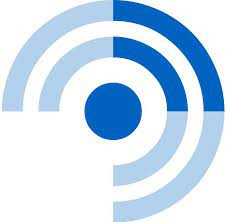
The report released on August 31, 2024, shows that the decline was primarily driven by a 6.9% decrease in manufacturing activity prices, which contributed to the overall reduction.
The PPI is a crucial economic indicator that tracks the average change in prices received by domestic producers for their goods and services. Unlike consumer price indices, the PPI reflects price movements from the seller's perspective, providing early insights into inflationary trends before they reach consumers.
Despite the downturn in manufacturing, the report highlighted contrasting trends in other sectors. The mining sector saw a 1.5% increase in prices.
Generally, this means that businesses in Rwanda paid less for goods and services used in their production processes.
On a monthly basis, the general PPI increased by 0.8% from June to July 2024, mainly due to a 1% rise in manufacturing activity prices.
Further analysis revealed that the local PPI, which measures prices for goods produced and sold within Rwanda, fell by 7.1% year-on-year in July 2024. This was largely due to a 9.1% drop in manufacturing prices. However, on a monthly basis, the local PPI saw a 0.9% increase, driven by a 1.2% rise in manufacturing prices.
The export PPI, which tracks prices for goods produced in Rwanda and sold abroad, decreased by 1.3% year-on-year in July 2024. This decline was mainly due to a 5.2% drop in coffee product prices, despite a 4.1% increase in tea prices and a 1.5% rise in mining prices.
On a month-to-month basis, the export PPI rose by 0.5%, with tea prices up by 1% and coffee prices up by 0.5%.

Wycliffe Nyamasege
Source : https://en.igihe.com/business/article/rwanda-s-producer-price-index-fell-by-5-4-in-july
